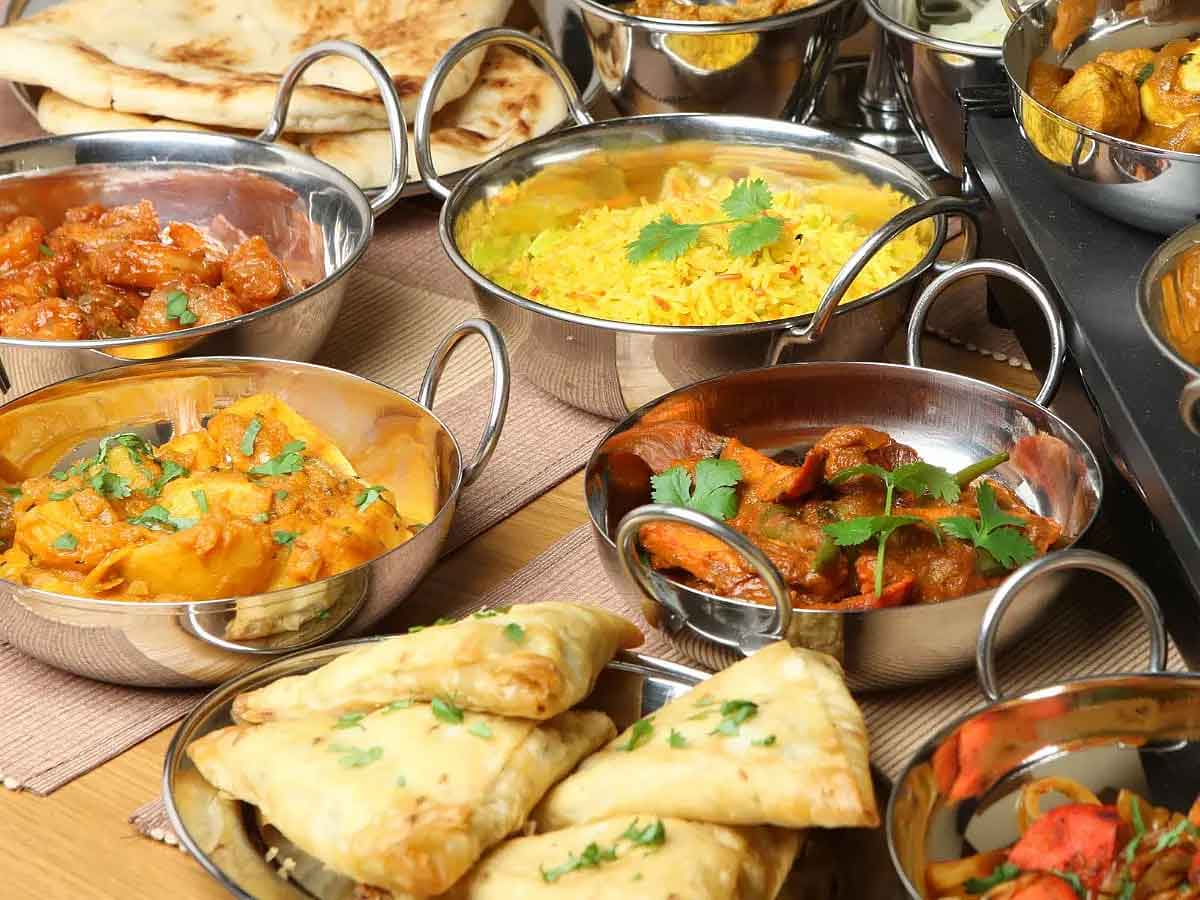It goes without saying that a large portion of the popular cuisine we eat today is imported. India was a part of a vast trading network even before it was invaded, and it was invaded quite frequently. This means that a large portion of the food we eat today is imported. We present to you 7 well-known Indian dishes with international roots.
Jalebi
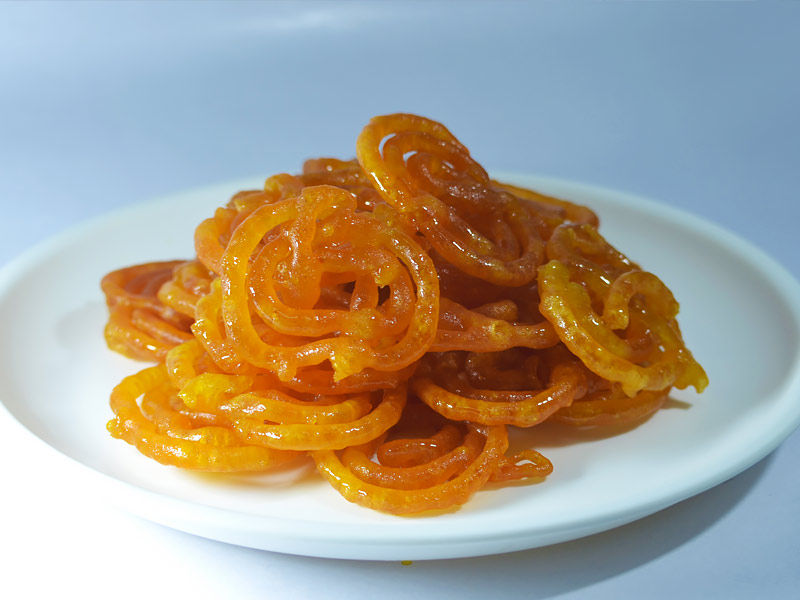
The sweet Indian treat known as jalebi, which is a favourite among all ages, was introduced to India from Persia in the fifteenth century. Zulabiya or zalibiya is most likely the root of the word Jalebi. Typically, to make jalebi, a yeast batter is fried and then soaked in sugar syrup.
Samosa
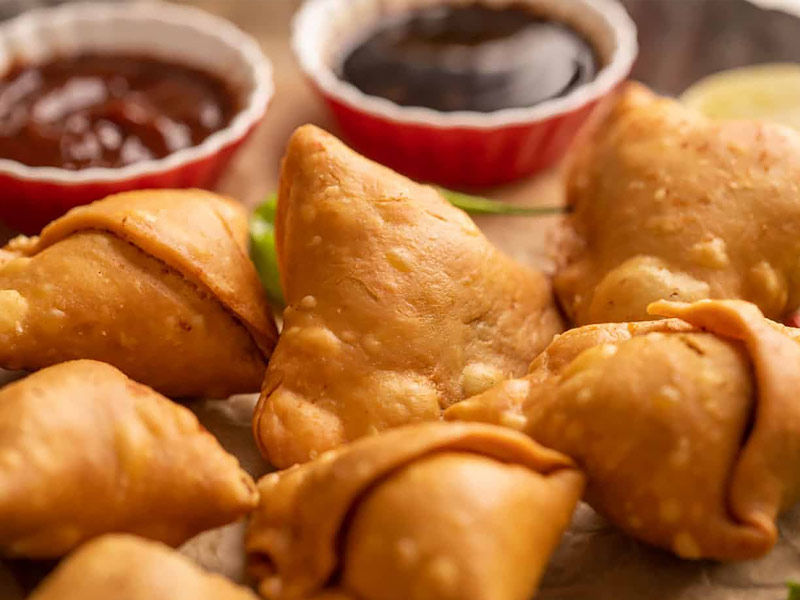
Without a doubt, the most well-known Indian snack is the samosa, which is loved by people throughout the Indian diaspora as well as in India and Pakistan. Outside of India, beef and lamb samosas are a great favourite among its non-vegetarian counterparts. Originally known as sambosa in the Middle East, samosa made its way to India in the 13th and 14th centuries and has remained a staple ever since.
Rajma
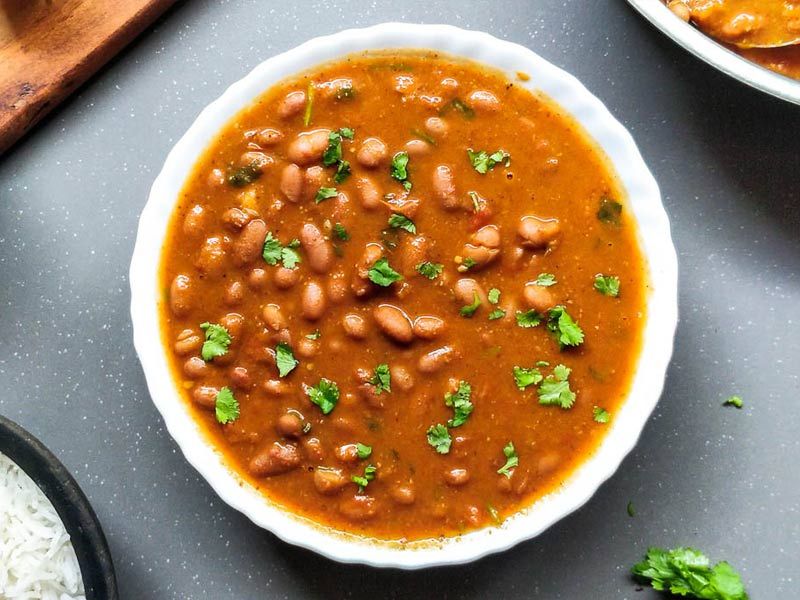
Most North Indians’ favourite food is probably rajma-chawal, which is also known as the ideal weekend lunch. Few people are aware, though, that kidney beans, or rajma, were actually introduced to South Asia from Mexico. In Pakistan and Nepal, Rajma Chawal is likewise highly well-liked.
Paan
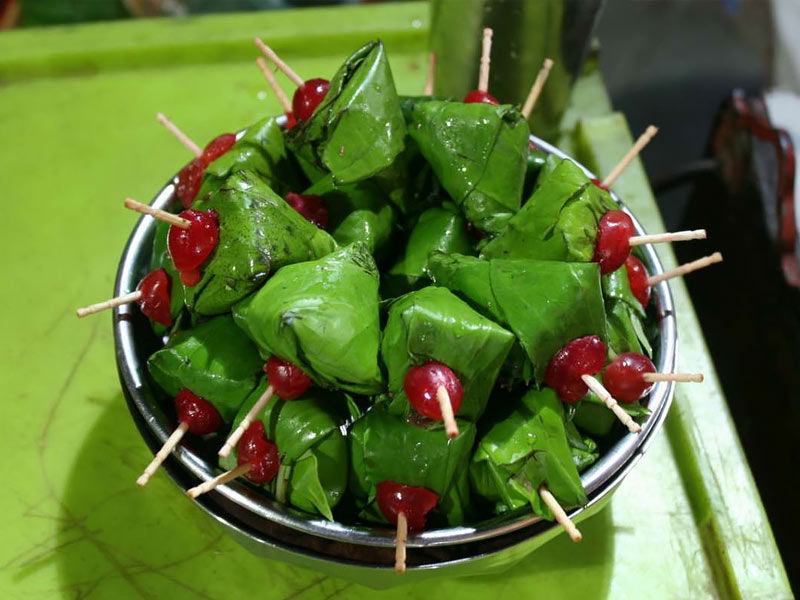
Examining the Paan stains present in a government daftar is among the simplest ways to determine its level of effectiveness. You might be shocked to learn, though, that the paan that is so lovingly chewed in India may not have come from here. The primary ingredient of a paan, the areca nut, has been shown to be non-native to South Asia.
Chai
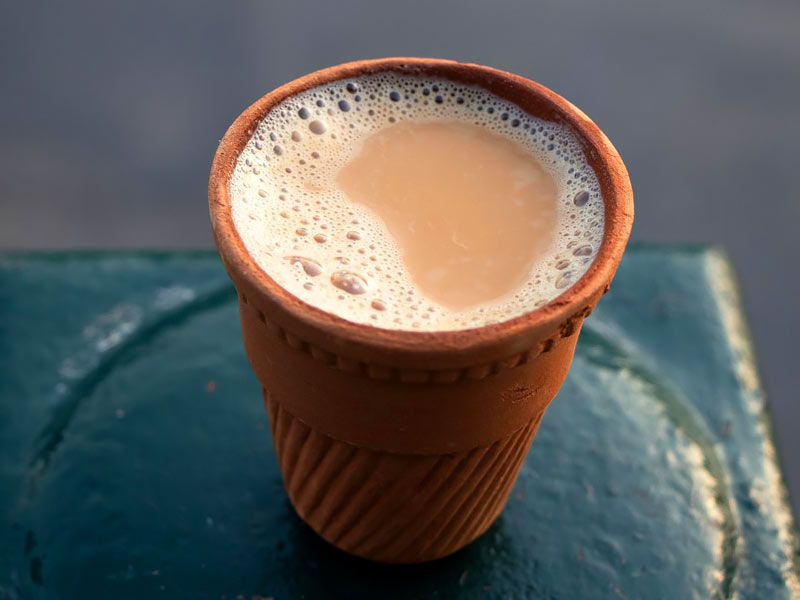
Since most people are already aware of the history behind the most popular Indian beverage, chai, this information is not shocking. Regretfully, though, we do not take credit for this. China is where tea first originated.
Biryani
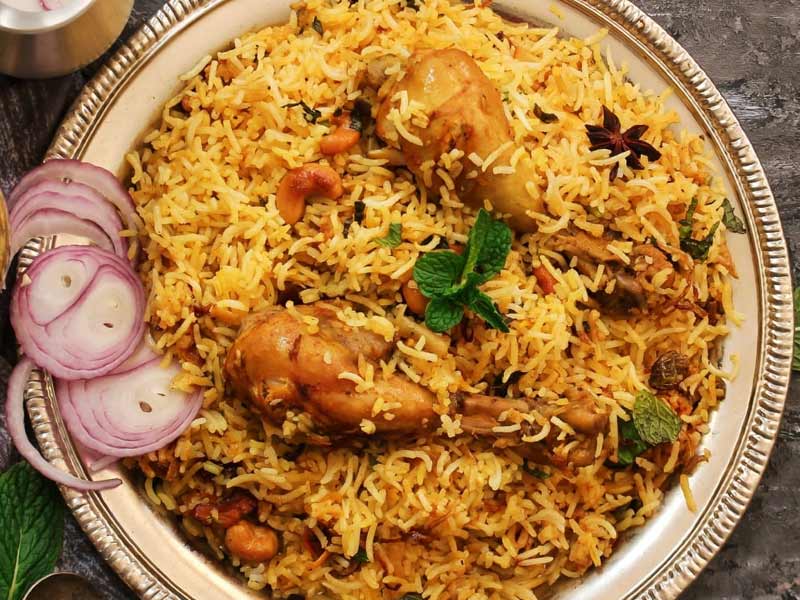
Although this should come as no surprise, given how widely consumed biryani is, we felt compelled to include it here. Without a required plate of biryani, most lunches with friends would be incomplete, and we wouldn’t have it otherwise! While its exact origins are unknown, it is generally believed that biryani originated in Persia.
Also read: Incredible health benefits of Kamut Rice
Masala Tikka Chicken

Technically speaking, Chicken Tikka Masala—one of restaurant patrons’ favourite dishes—was not produced in India. Actually, it was created in the UK, where the Indian chef who created it worked at a restaurant, and not here.





















